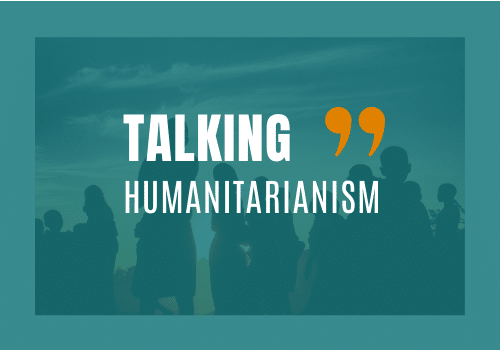
With COP27 underway in Egypt, tune into this latest Talking Humanitarianism podcast episode discussing energy politics in conflict-affected states.
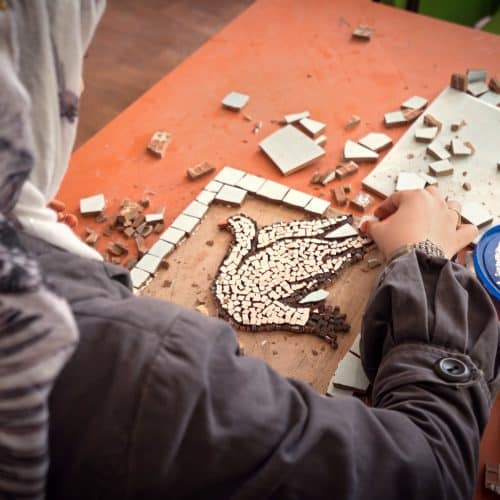
You can now view a recording of the recent webinar exploring the role of gender in humanitarian diplomacy.
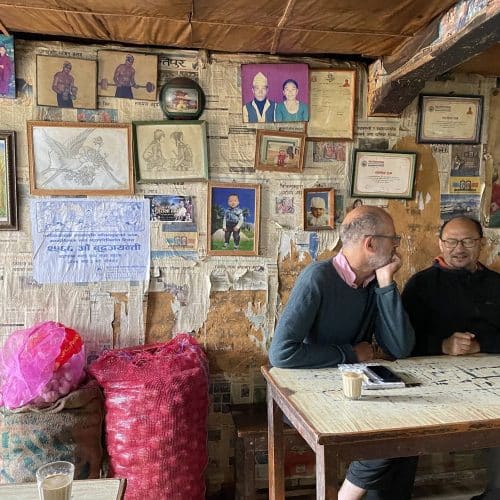
You are invited to this seminar unpacking the relationship between social, economic and environmental change and its impact on everyday life in Asia.

Tune into the first episode of the new ‘Humanitarianism and transitions to a low-carbon future’ podcast mini-series, with Ekatherina Zhukova (Lund University).

The NCHS is pleased to introduce Işınsu Acar, who will spend two months as part on an internship program in Bergen.
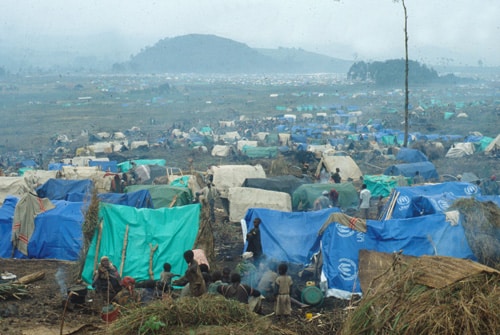
Latest book in the Worlds in Crisis: Refugees, Asylum, and Forced Migration series maps out actors and interactions in situations of forced displacement.
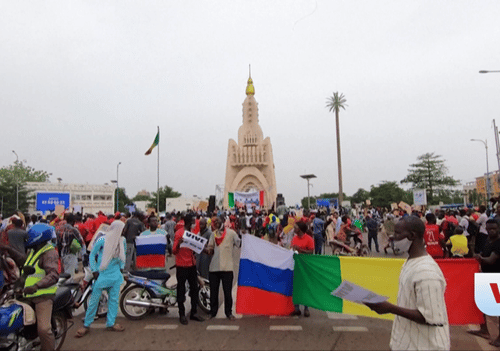
The humanitarian landscape in Sahel is deteriorating as the invasion of Ukraine indirectly exacerbates existing vulnerabilities. This PRIO policy brief examines the state of security in Sahel vis-à-vis new geopolitical realities presented by the conflict between Russia and NATO.

This PRIO paper offers an analysis of the global dataset on state-based conflicts, non-state conflicts, and one-sided violence between 1989 and 2021.

Exclusive tourism spaces have increased substantially in recent years. Scholars from various fields recently came together to examine the effects of these projects on humanitarian research and policy.
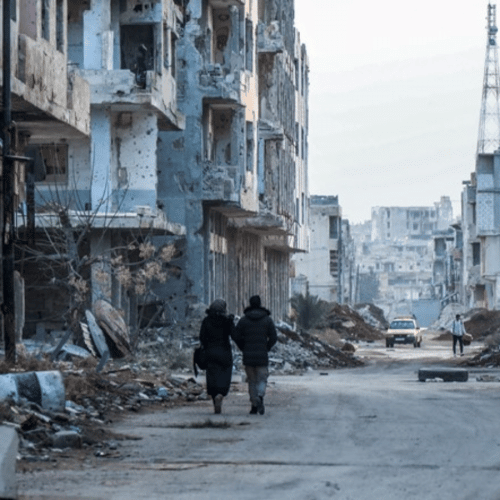
You are invited to join this forum hosted by Bergen Global, exploring the dynamics of gender and youth in leading rehabilitation and reconciliation efforts through drawing on post-conflict scenarios around the world.
Last year, there were more battle-related deaths from state-based conflicts than in any year since 1984. In the same period, the total deaths due to disasters increased to 30,704, which was three times higher than in 2021. With the increasing impact of both conflicts and disasters, it has become essential to examine the interplay between these two phenomena and how they might mutually reinforce one another. This understanding serves as a valuable foundation to shape policies and responses of humanitarian organisations in both armed conflict and disaster settings.
Rather than being isolated events, disasters and violent conflicts are increasingly co-occurring, resulting in even more severe consequences. Just a few weeks ago, over 5,000 people lost their lives in Libya as a torrential rain caused two dams to burst near the coastal city of Derna. Before these relentless rains, Libya has been torn apart by years of conflict, rendering it ill-prepared to face the devastation of Hurricane Daniel. In the aftermath of the disaster several scholars, policymakers and practitioners argued the disastrous consequences of hurricane Daniel could have been prevented in Libya.
However, the recent experience in Libya is far from unique. Since the early 1980s, the number of countries experiencing both armed conflict and disaster in the same year has sharply increased. While between 1949 and 1958, 18% of countries experiencing armed conflict also experienced a disaster in the same year, this number was 81% in 2009–2018. Notably, in 2007 almost all the countries that engaged in an armed conflict (97%) also experienced a disaster. Because of this increased co-occurrence, it has become essential to ask if and how can armed conflict contribute to disaster vulnerability.
While qualitative investigations have explored how conflict can influence vulnerability to disasters, there is still a lack of systematic quantitative studies that provide broader evidence on the contribution of conflict to disaster vulnerability. Although existing qualitative work has made progress in understanding potential mechanisms, large-scale quantitative studies are crucial for comprehending the scope of this relationship and attempting to isolate associations between specific variables.
In a recent publication (together with Thea Hilhorst and Rod Mena), we present a statistical model using extensive large-N, cross-country data to address this research gap and analyse the conflict-disaster relationship. Based on data from 157 countries between 1989 and 2018, we found a strong positive correlation between armed conflict and disasters.
In countries experiencing armed conflict, disaster occurrence was observed 5% more frequently, and disaster-related mortality per year was 34% higher. While there is evidence that conflict can occasionally intensify disaster hazards, there is a greater evidence suggesting that the relationship between conflict and disaster operates through mechanisms that negatively affect vulnerability and response capacity.
Based on fieldwork experience and an extensive literature review, we find at least seven mechanisms by which armed conflict can increase disaster vulnerability:
The identification of these seven mechanisms is important for development and humanitarian institutions, practitioners, policymakers, and academics because understanding the links between these phenomena can enable more effective forecasting, planning and interventions to minimise the impacts of crises. Moreover, increasing the awareness of these seven potential mechanisms can also allow practitioners to reduce disaster risk in armed conflict settings.
Complementary to the study of the effects of armed conflict on disaster occurrence and their consequences, a small but growing body of literature also examines the reverse relationship, this is: Can disaster trigger or fuel armed conflicts?. However, to date, the results have been varied, contradictory or inconclusive.
In an effort to contribute to this pressing question, we (together with (Thea Hilhorst, Rod Mena and Elissaios Papyriakis) recently published the article: Does disaster contribute to armed conflict? A quantitative analysis of disaster–conflict co-occurrence between 1990 and 2017.
Our main results show that, despite a sharp increase in the co-occurrence of disasters and armed conflict over time, disasters do not appear to have a direct statistically significant relationship with the occurrence of armed conflict. And while some have argued that disaster diplomacy can occur on some occasions and contribute to peacebuilding in the aftermath of a disaster, the results of our model suggest that this does not happen frequently enough. Our study is a novel contribution, as it provides a fresh analysis with updated data and includes different control variables that allow for a significant contribution to the field.
As we understand that disasters do not actually trigger or fuel existing conflict but rather conflicts increase societies vulnerability to natural hazards, urgent action needs to be taken. In armed conflict settings, beyond ending the violence, communities need to be provided with a safe environment that allows them to prepare and reduce the risk of being affected by disasters. Not only should addressing disaster risks be given more immediate attention in the aftermath of war, we can also conclude that conflict prevention, resolution and peace building should be priority approaches to disaster risk reduction anywhere in the world.